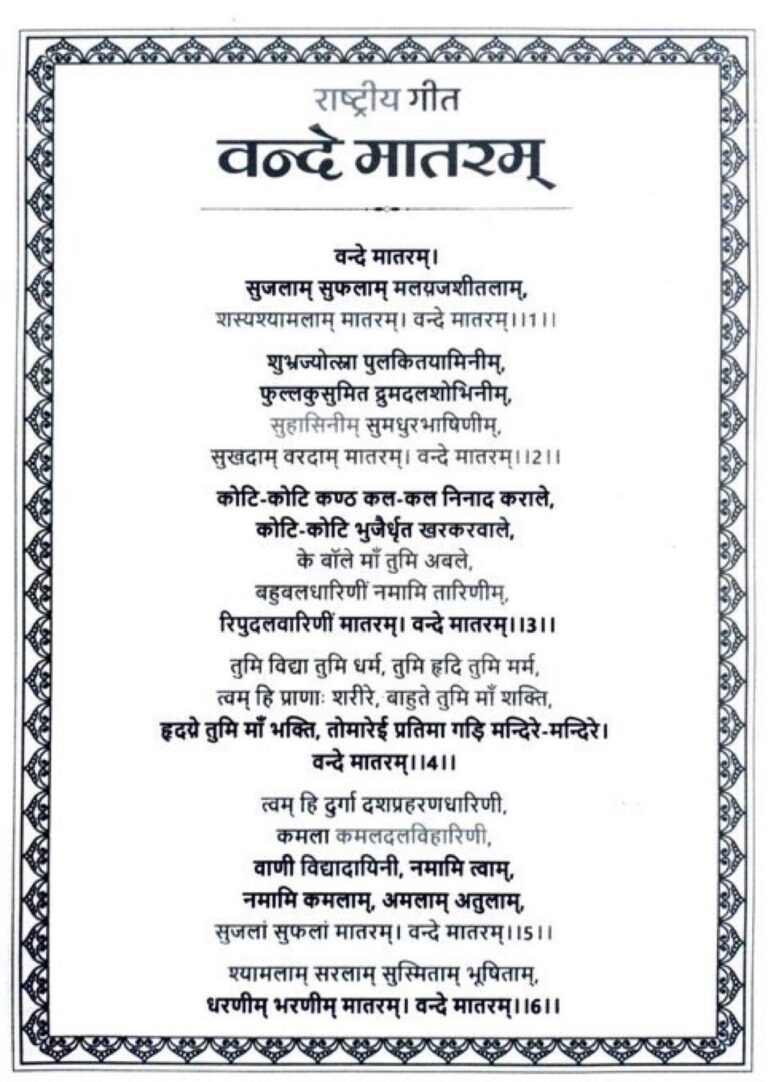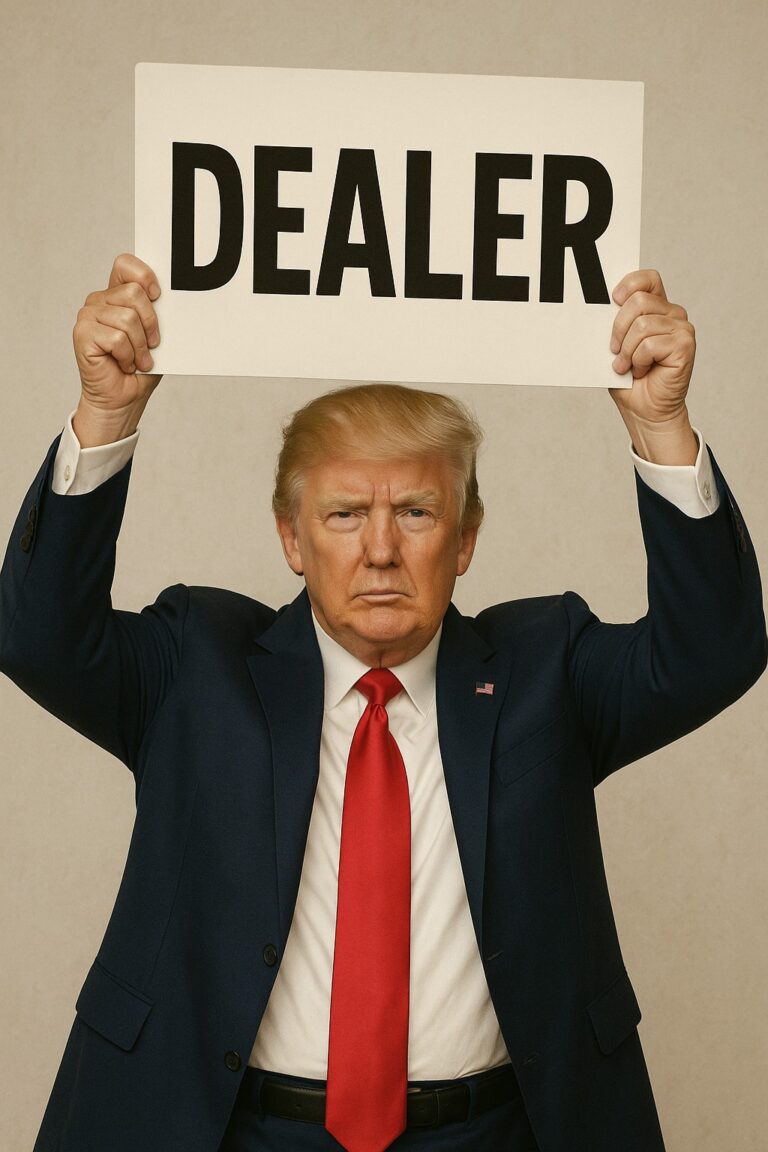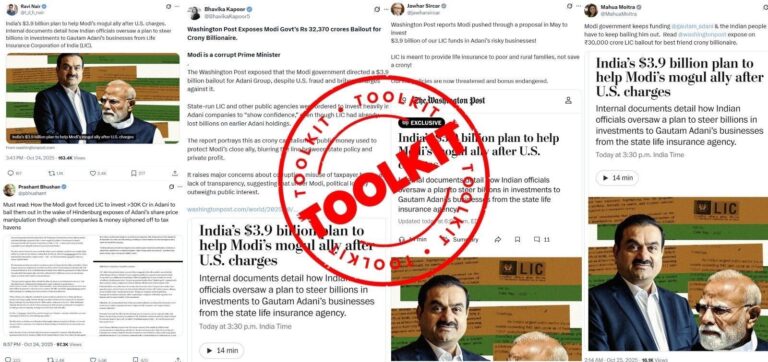
An article by The Wire (Modi Government in Damage Control Mode After Trump Reveals Tariff Concessions) on March 8, 2025, said the Modi government was in “damage control” after U.S. President Donald Trump claimed India agreed to cut tariffs “way down” in trade talks. It suggested India was forced into this and that farmers and small businesses would suffer. But the truth is simpler: India’s tariff changes are a smart move to balance its own needs with benefits from trading with the U.S., not a rushed mistake.
What’s Really Happening?
Trump loves big statements. On March 7, 2025, he said India would lower tariffs a lot, making it sound like he won a fight. He’s complained before about India’s high taxes on U.S. goods — like — 12% on average, while the U.S. charges just 2.2%. But this isn’t a new battle. Back in 2018, President Trump called India the “tariff king” and put taxes on Indian steel. India hit back with taxes on U.S. nuts and apples. Now, talks started in February 2025 between President Trump and PM Modi to make a trade deal by fall 2025. This isn’t India giving up — it’s India planning ahead.
The Facts Don’t Lie
India and the U.S. trade a lot ($190 billion in 2023) and India sells more to the U.S. than it buys. President Trump wants that to change, even threatening new taxes on April 2, 2025. But India’s not just saying yes to everything. It’s already lowered some tariffs — like from 13% to 11% in the 2025 budget, on things like electronics and medical tools it needs. Stuff like farming, where tariffs can be 39%, isn’t changing much.
Most U.S. goods (75% of them) already come into India with low taxes (under 5%). So, President Trump’s “way down” talk is more show than reality. India’s tweaking things, not throwing open the doors.
Why This Helps India
This isn’t just about making President Trump happy. India gets stuff from the U.S. too—like oil, gas, and fighter jets. Trade in defense with the U.S. went from almost nothing to $20 billion in 10 years. The U.S. wants India as a friend against China, so they’re pushing deals. Lowering some tariffs lets India buy what it needs while keeping control over big stuff like farming and small businesses.
If President Trump adds his own taxes, it won’t hurt India as much as people think. India sells things like clothes, medicines, and tech services to the U.S., which don’t face high taxes there. Actually, the U.S. needs India’s cheap medicines—40% of their drugs come from us. A trade war would hurt them more.
Who’s Really Scrambling?
The opposition, like Congress, says PM Modi’s hiding something and hurting farmers. But trade talks always take time and aren’t fully public till they’re done. The government says it’s working for a deal that helps both sides, and even U.S. trade reports agree talks are ongoing. Calling this a “surrender” is just politics — PM Modi and President Trump being friendly is how deals get done, like with past U.S. leaders.
The Bottom Line
India’s not in damage control—it’s making a smart play. With a strong economy growing at 6.8% in 2025, India can afford to adjust a little. This deal isn’t about giving up; it’s about getting more—trade, defense, and a stronger place in the world. The real story is India standing tall, not bending over.





